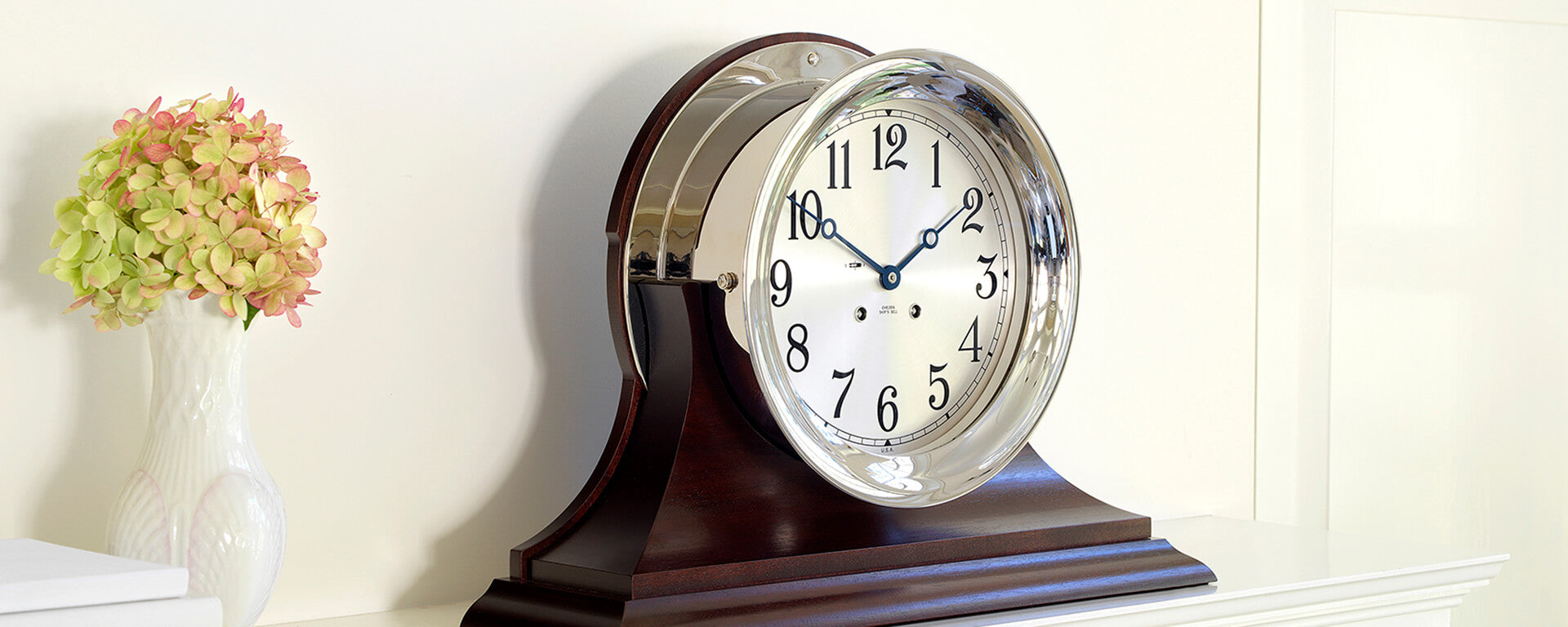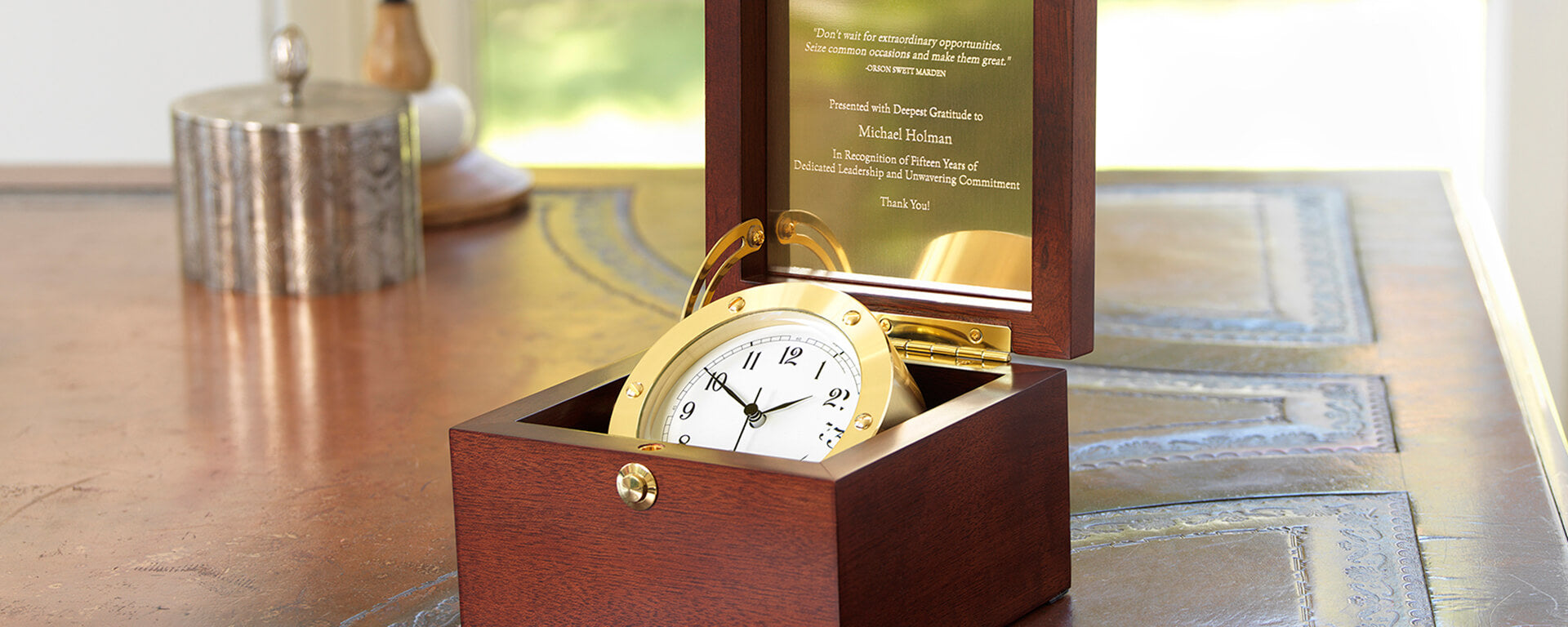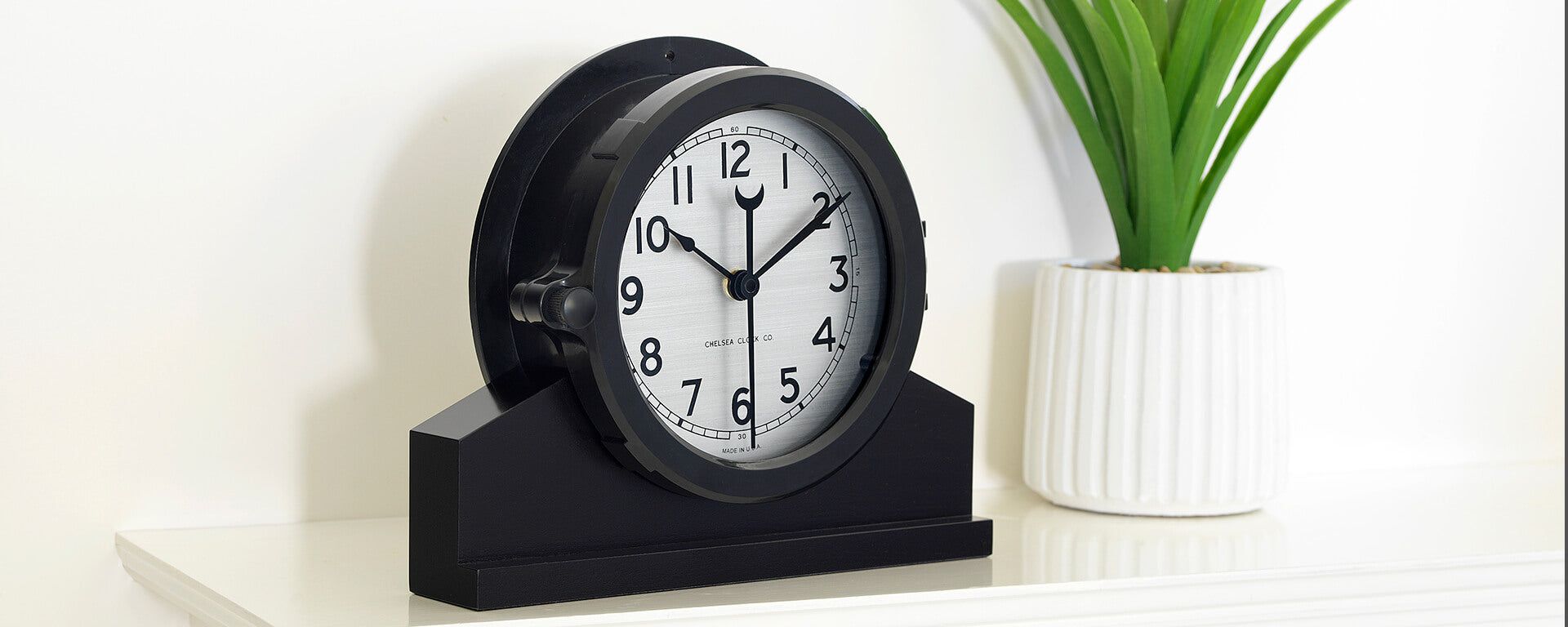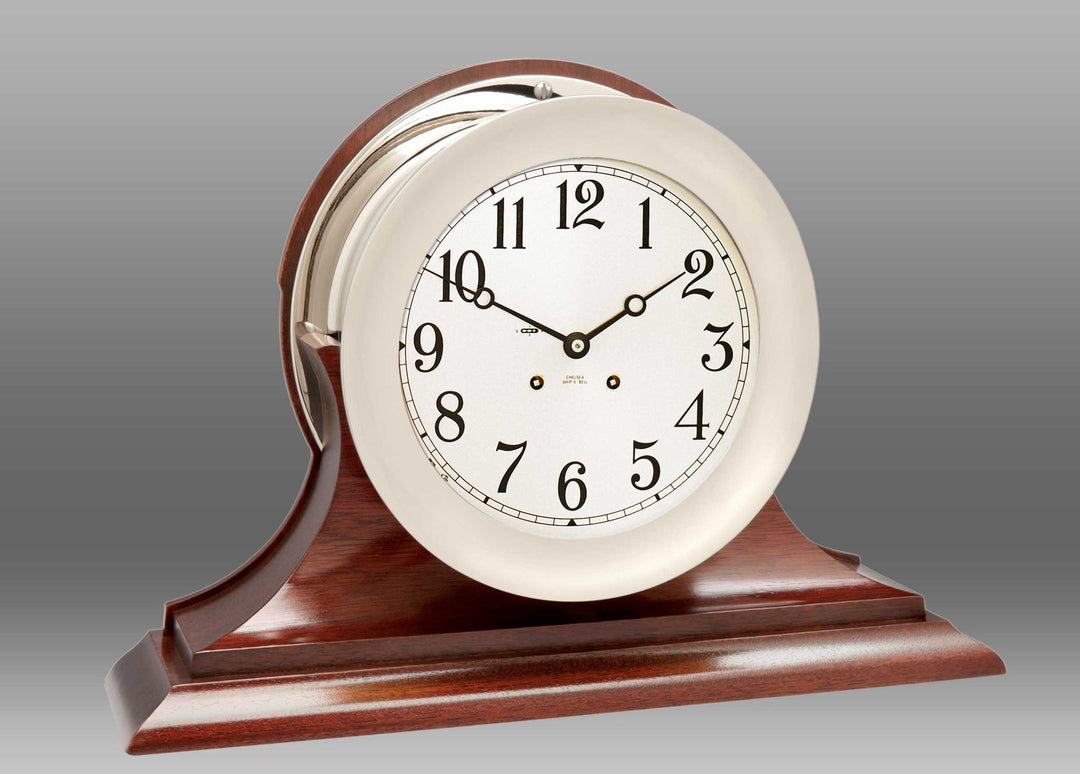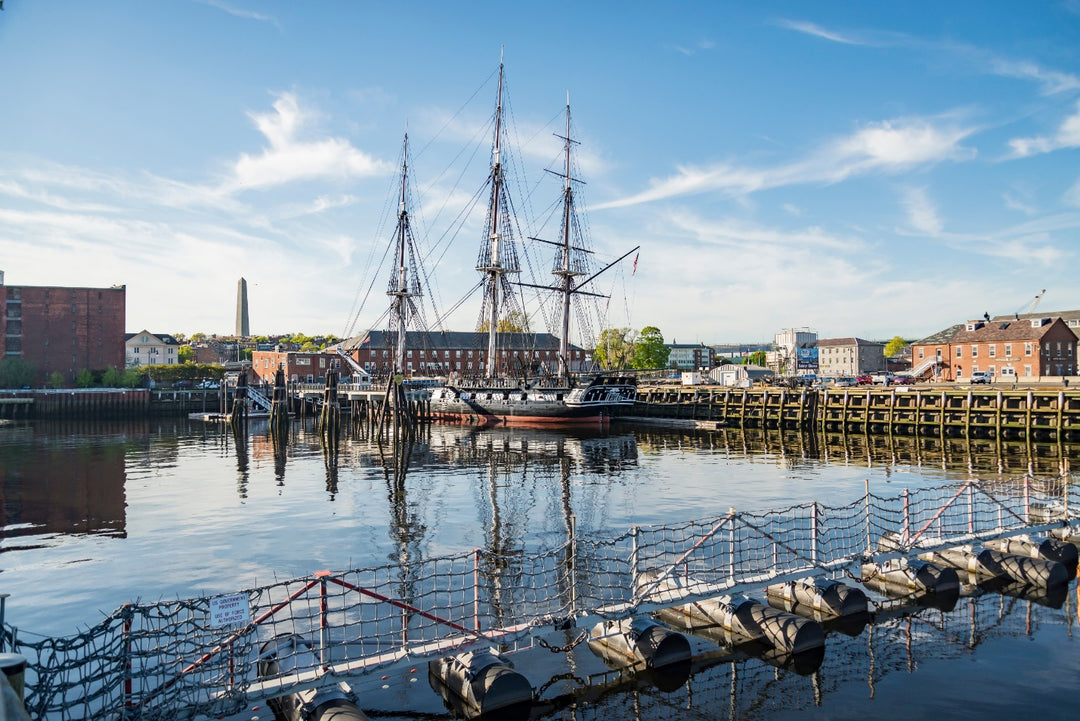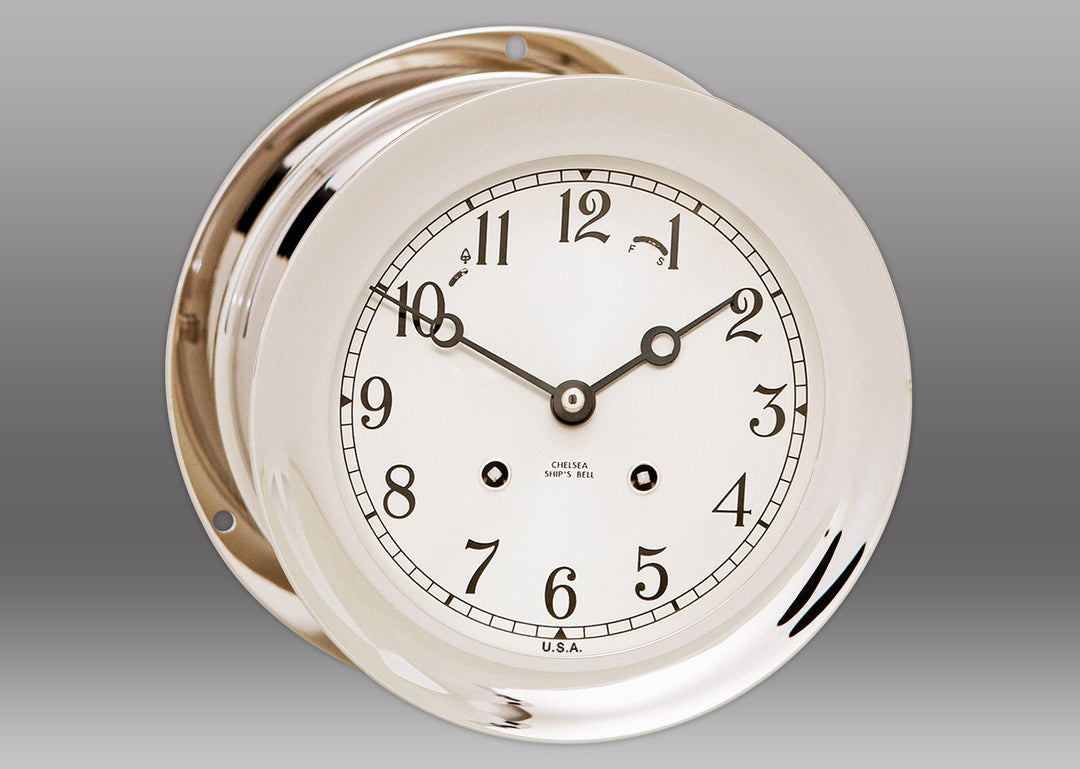Chelsea Clock’s U.S. Victory Ships: A Brief History (Part Two)
In the first part of our American Victory ship history series, Chelsea Clock focused on the development and construction of these emergency vessels during World War II. We also examined how they improved on the previous Liberty ship and how some of them were named. Serving in both the Atlantic and Pacific theaters during the final 18 months of the war, all Victory attack ships and cargo transports proudly carried Chelsea mechanical clocks onboard.
For the second part of this series, we look at what happened to the U.S. Victory ship in the war's aftermath. The large family of ships met several different fates, as did the clocks on board. Yet more than 75 years after World War II, the legacy of the Victory ship lives on. And with many of the U.S. Victory clocks now reclaimed, restored and in the hands of collectors, the instruments used on these important Navy ships continue to keep time today.
U.S. Victory Ship History, Continued
Over the centuries, many ships have been commissioned and built for successful use, each improving on the ones that came before. But what happens to the previous generation of vessels still in use when the new ones come along? When the U.S. Navy or Merchant Marines no longer need a ship but wish to reserve it for future emergencies, they tow it to a storage harbor. There, the boat is emptied of all fuel and cargo, and its windows and doors are sealed. The ship is protected from saltwater corrosion and the interior spaces are dehumidified. This technique is called "mothballing," much like preserving a wool sweater when putting it away for the summer.
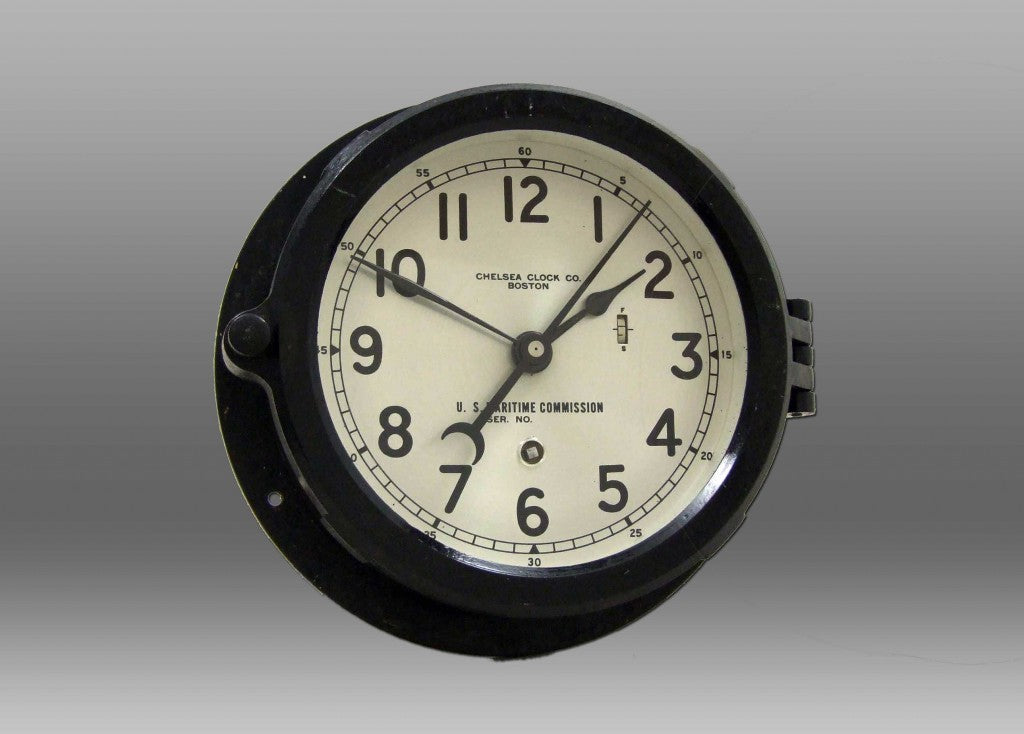
That was the fate of many of the U.S. Victory ships used during and after World War II - as well as the WWII Victory boat clocks the U.S. Maritime Commission had requested as part of the program. The Victory ships had been produced to replace the slower Liberty vessels and served their purpose as faster emergency ships during World War II. However, like other ships, they eventually were no longer necessary.
Of the 534 Victory ships constructed, 170 were sold. Twenty were loaned to the U.S. Army. The rest sat quietly dormant, "mothballed" for future use. Some were reactivated during times of national crisis, including the Korean War, the Suez Canal closure in 1956 and the Vietnam War. Others were retained as logistic support ships for the Military Sealift Command.
Preserving the Legacy
However, the years soon passed, and many of the ships in the reserve fleet were sold for scrap with their metal recycled. Of the thousands of Liberty and Victory ships that once graced the sea, only three are known to remain intact today.
The three that do still exist are preserved as museum ships: the Lane Victory in San Pedro, California; the American Victory in Tampa, Florida; and the Red Oak Victory in Richmond, California. The SS Lane Victory and SS American Victory are each the centerpiece of floating "living history" museums, while the Red Oak Victory is now part of the Rosie the Riveter World War II Home Front National Historical Park. All three ships are in the U.S. National Register of Historic Places, with the Lane Victory also being designated a U.S. National Historic Landmark in 1990.
Chelsea Clock: A Proud History of Service
During the 1940s and beyond, Chelsea Clock supplied thousands of mechanical clocks to the U.S. military for use aboard both Victory and Liberty ships, as well as on submarines, destroyers, cruisers, battleships and aircraft carriers. In fact, in 1943, Chelsea was one of the few companies presented with the prestigious "E" Award by the U.S. government in recognition of manufacturing excellence for its production of military clocks. Click here to learn more about Chelsea's history with the U.S. Navy, which includes notable adventures aboard the U.S.S. Saratoga and expeditions to the South Pole.
Today, Chelsea Clock continues to produce a vast number of mechanical and quartz timepieces for installation aboard U.S. Navy and Merchant Marine ships, as well as on numerous military and peacekeeping vessels. Chelsea Clock also offers the Patriot Deck Clock and Radio Room Clock, authentic quartz reproductions of original military timepieces used by the U.S. government.
The Vintage Victory Collection
Collectors and military aficionados can share in the Victory story by adding an authentic Victory ship clock to their boat, home or office. Chelsea Clock has reclaimed more than 80 marine mechanical clocks previously installed on Victory ships built by the U.S. Maritime Commission during World War II. You can tell which ship these Chelsea U.S. Navy clocks came from by the serial number from the original commission.
These authentic military timepieces, which were produced for the U.S. government in the 1940s, are being returned to optimum working condition by Chelsea's certified repair and restoration technicians. As each piece in the Vintage Victory Collection is restored, it will be made available for purchase on this site complete with historical information about the vessel it graced.
You can find any available restored U.S. Victory clocks in our Vintage and Antique Clock Collection. There are also many other restored U.S. military clocks, WWII-era mechanical clocks and Chelsea marine clocks for your collection.



